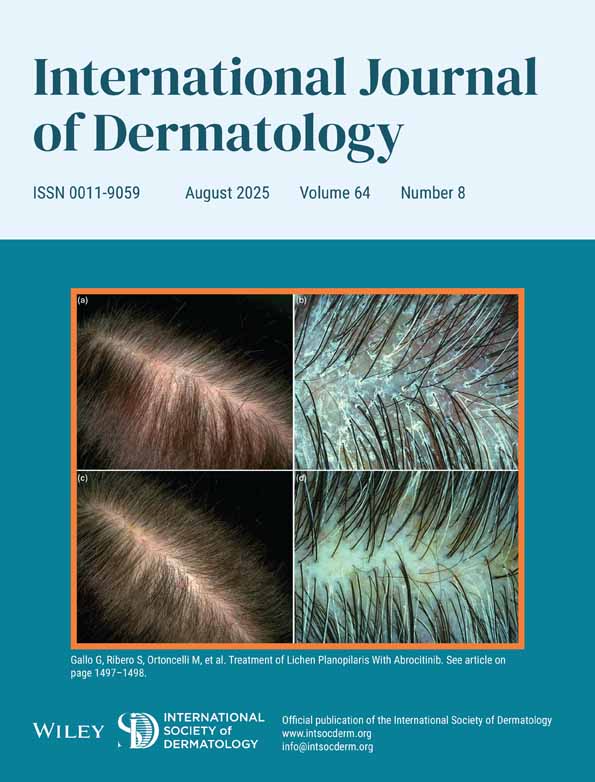TUBERCULOSIS VERRUCOSA CUTIS ASSOCIATED WITH LUPUS VULGARIS
Abstract
A 68-year-old peasant had an 8-year history of tuberculosis verrucosa cutis. After an injury the patient developed a pustule, which extended slowly and formed a plaque. New lesions appeared and increased in number and size. He was treated with various antibiotics without any significant effect. Three months previously a dull-red plaque developed on the chin without any complaints from the patient.
The patient denied any history of tuberculous infection. The examination of the left foot revealed a verrucous plaque over the medial surface. There were firm, raised, and verru-cous papules, which exuded yellow pus. Similar lesions were present on the edge of the sole. The plaque was re-stricted by a margin of crusted papules. The affected nails were thick, keratotic, and damaged (Fig. 1). On the skin of the chin a single lesion was present, 1 × 2 cm in size, flat, irregular, dull-red in color and firm, without any secretion or accompanying symptoms (Fig. 2).
Histology from the lesion of the foot revealed: necrosis in the superficial stratum corneum with numerous spongio-form pustules around and beneath the necrotic areas; marked acanthosis reaching pseudocarcinomatous hyperplasia and papillomatosis; and pronounced mononuclear infiltrate without tuberculid structures. Ziehl-Neelsen staining for mycobacteria was negative (Fig. 3).
Histology from the lesion of the skin revealed: crusted parakeratosis and acanthosis and pronounced band-like infiltrate in the upper and middermis with well-formed tuberculoid structures and numerous giant cells. In the deep dermis the infiltrate was predominantly perivascular and periadnexial with tuberculoid structures in some areas. The collagen bundles were hyalinized (Fig. 4). The fluorescent staining with auramine revealed mycobacteria. (Fig. 5).
The routine laboratory findings were within the normal limits except for a mild elevated ESR of 45 mm. Mantoux-test with 10 Ul of PPD showed induration with purple red surface (Fig. 6). The patient was x-rayed, but another tuberculous focus could not be detected. Treatment with isoniazid and rifampin was applied with rapid results (Fig. 7).




